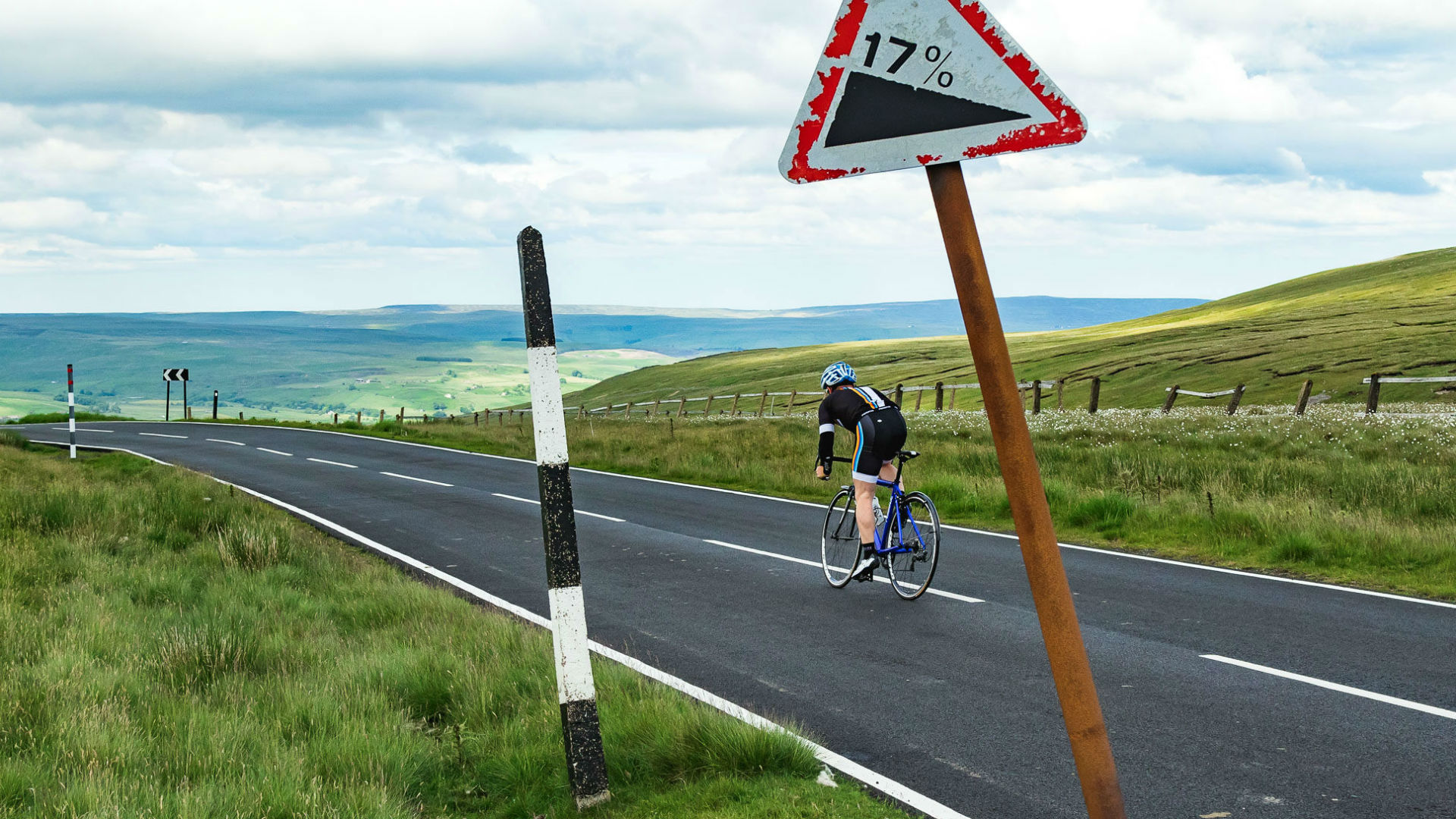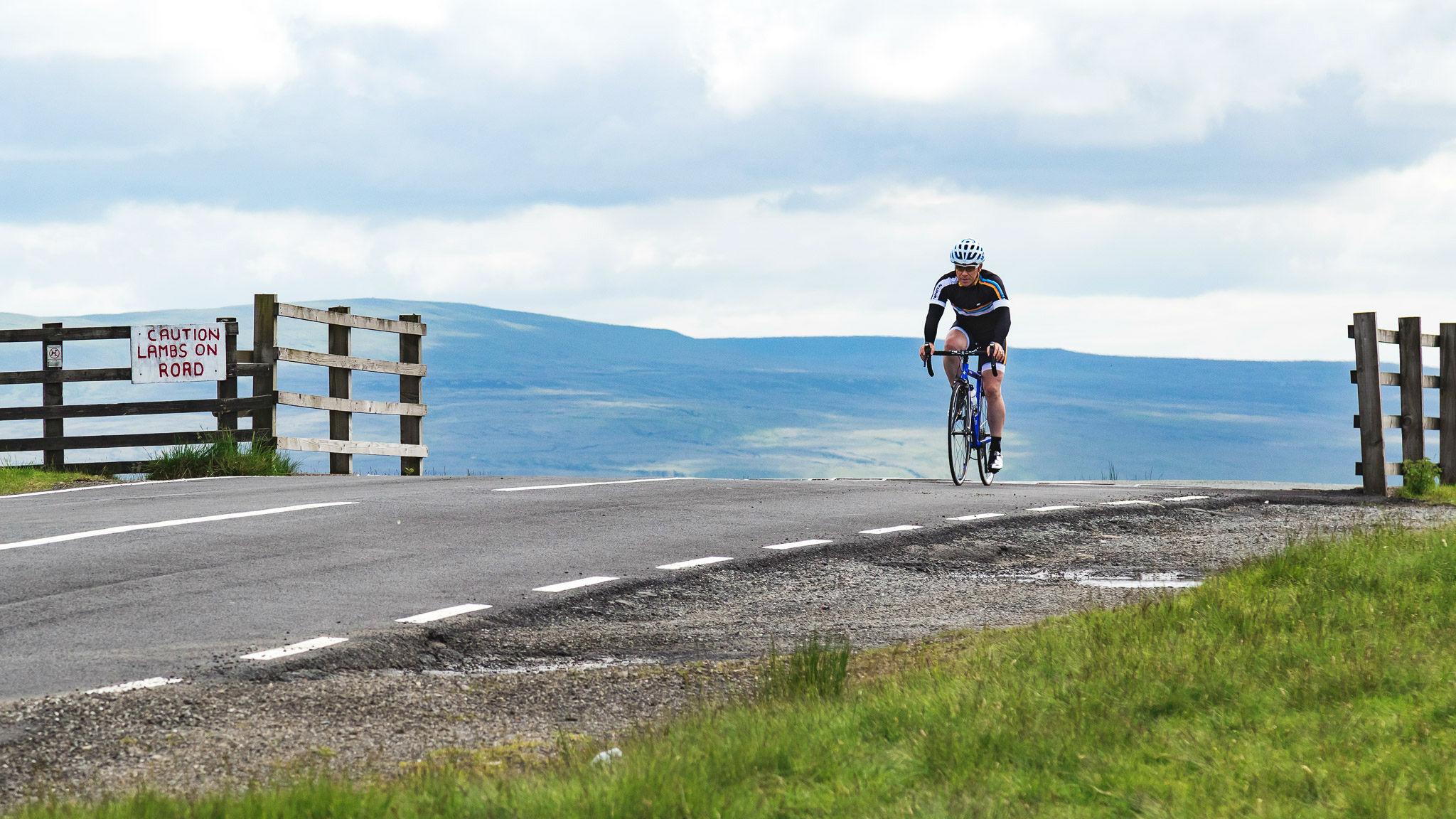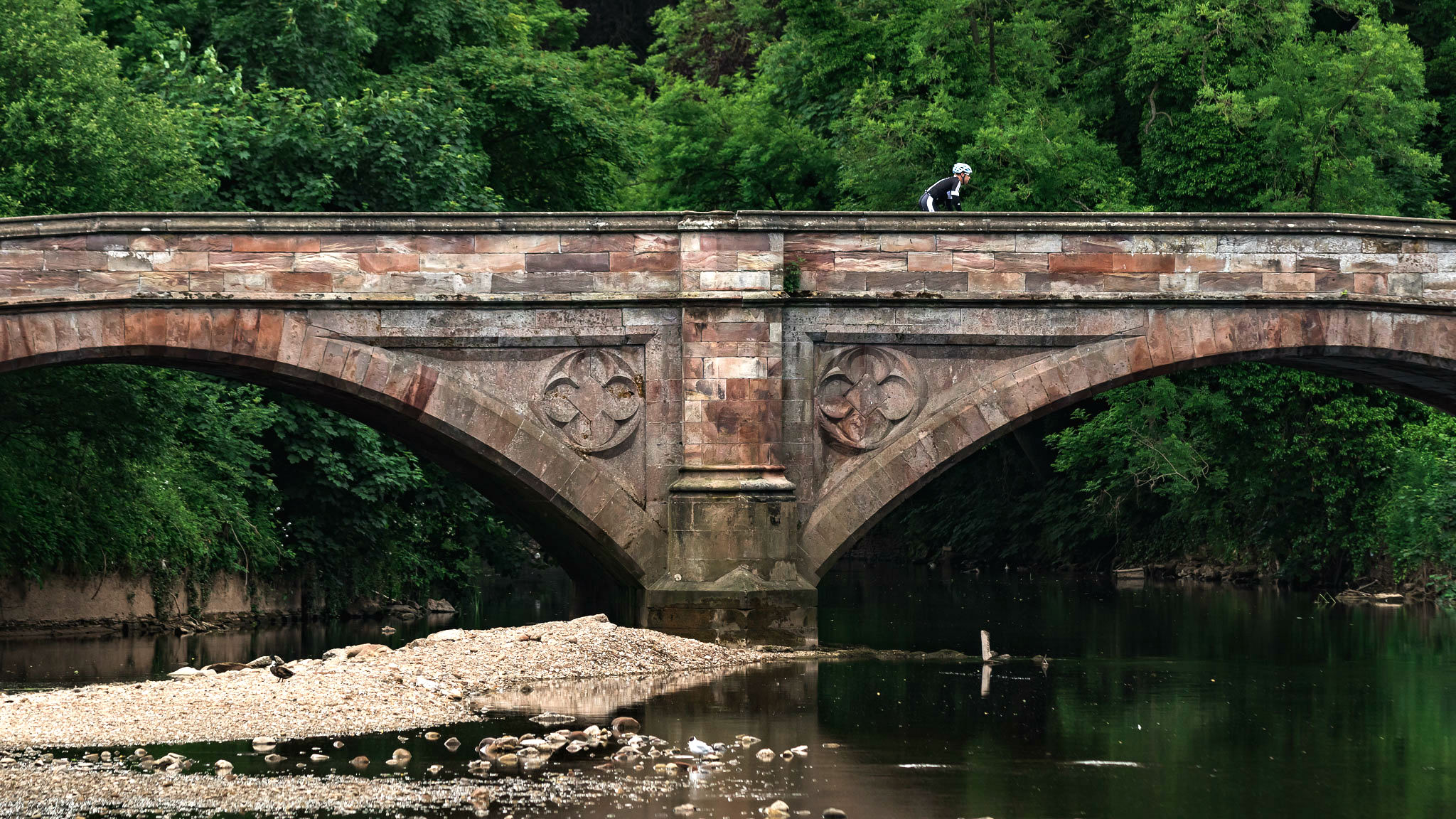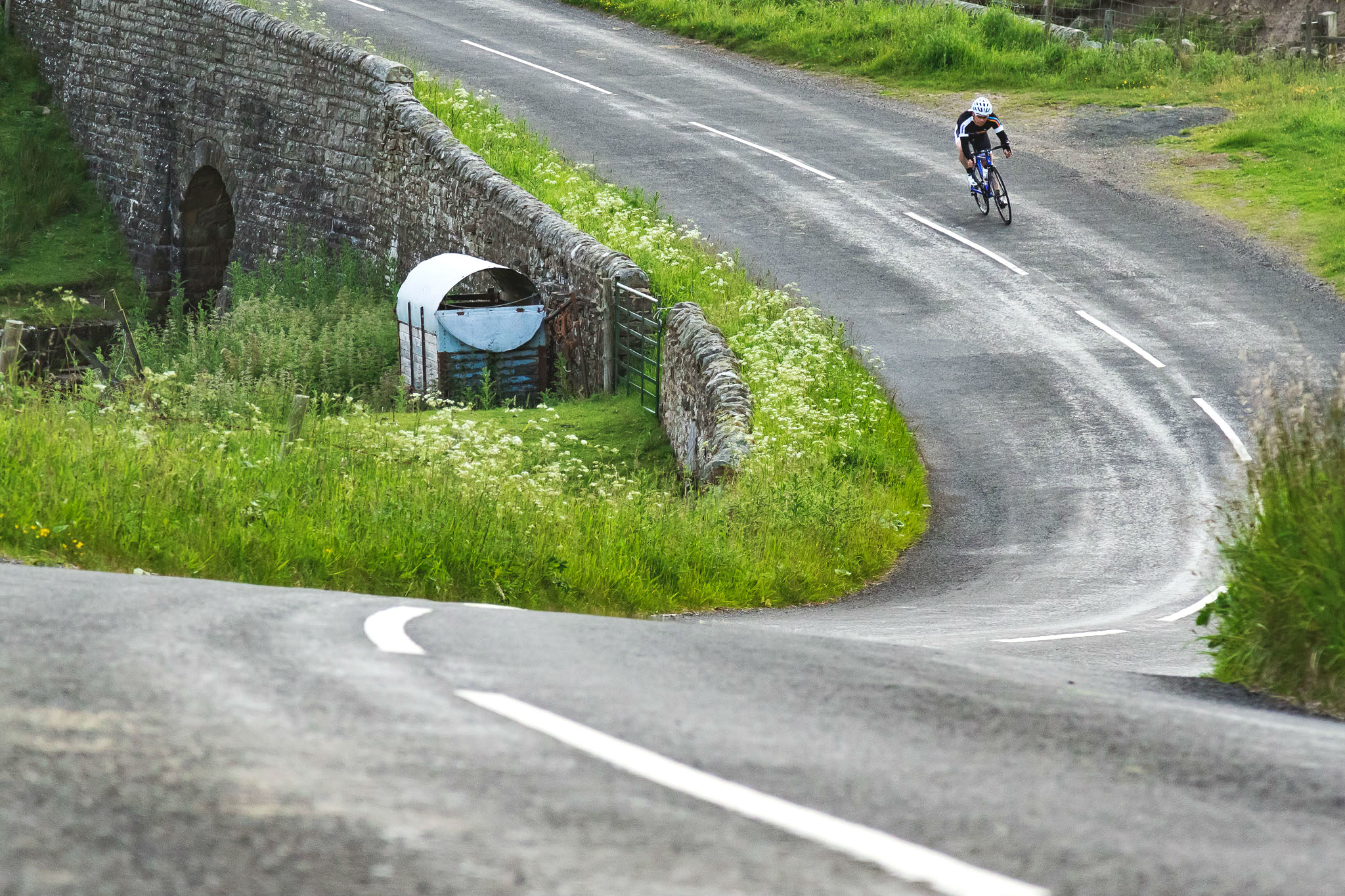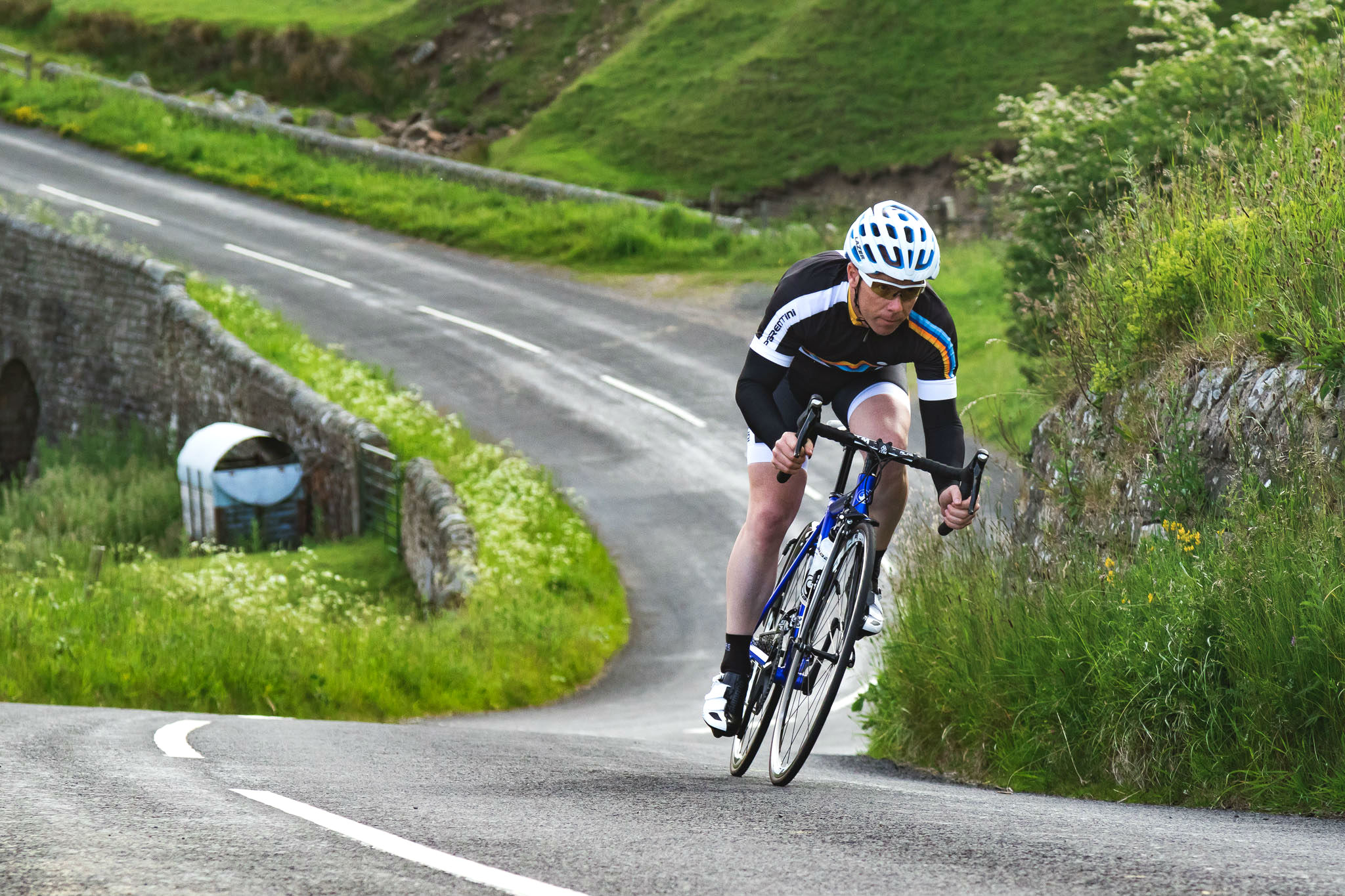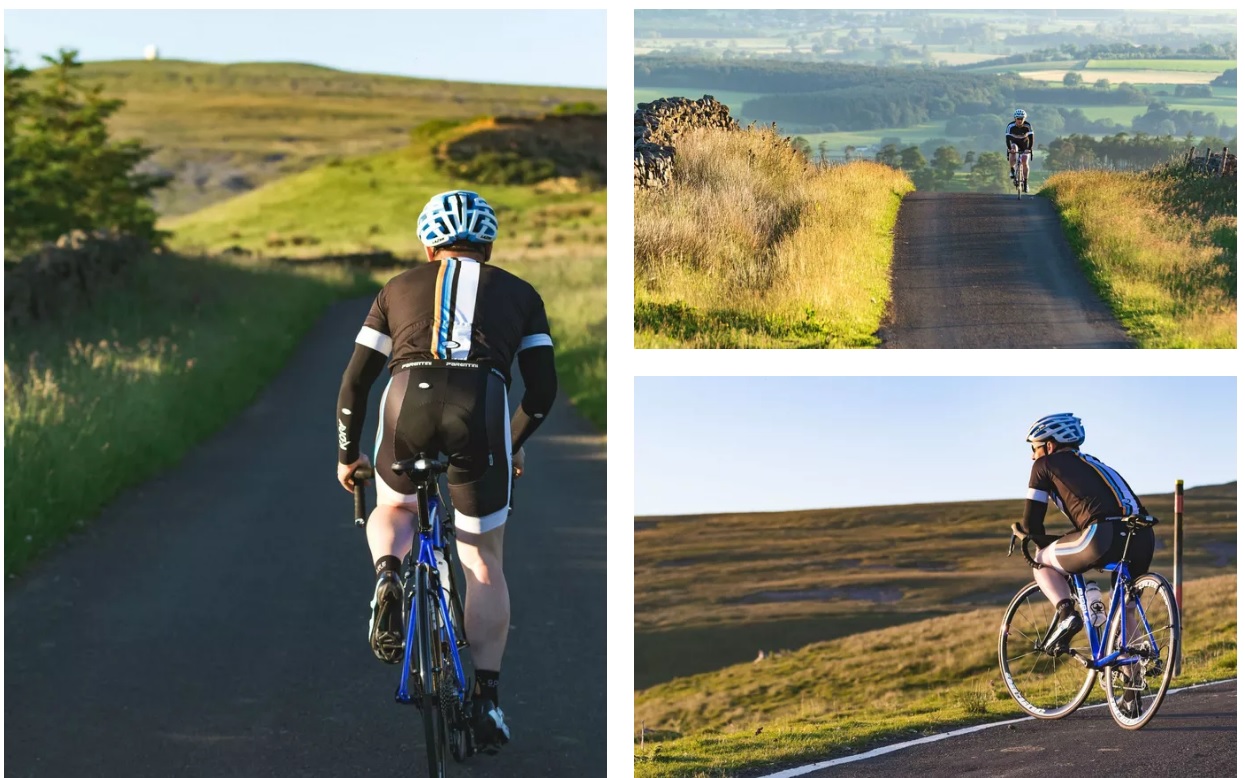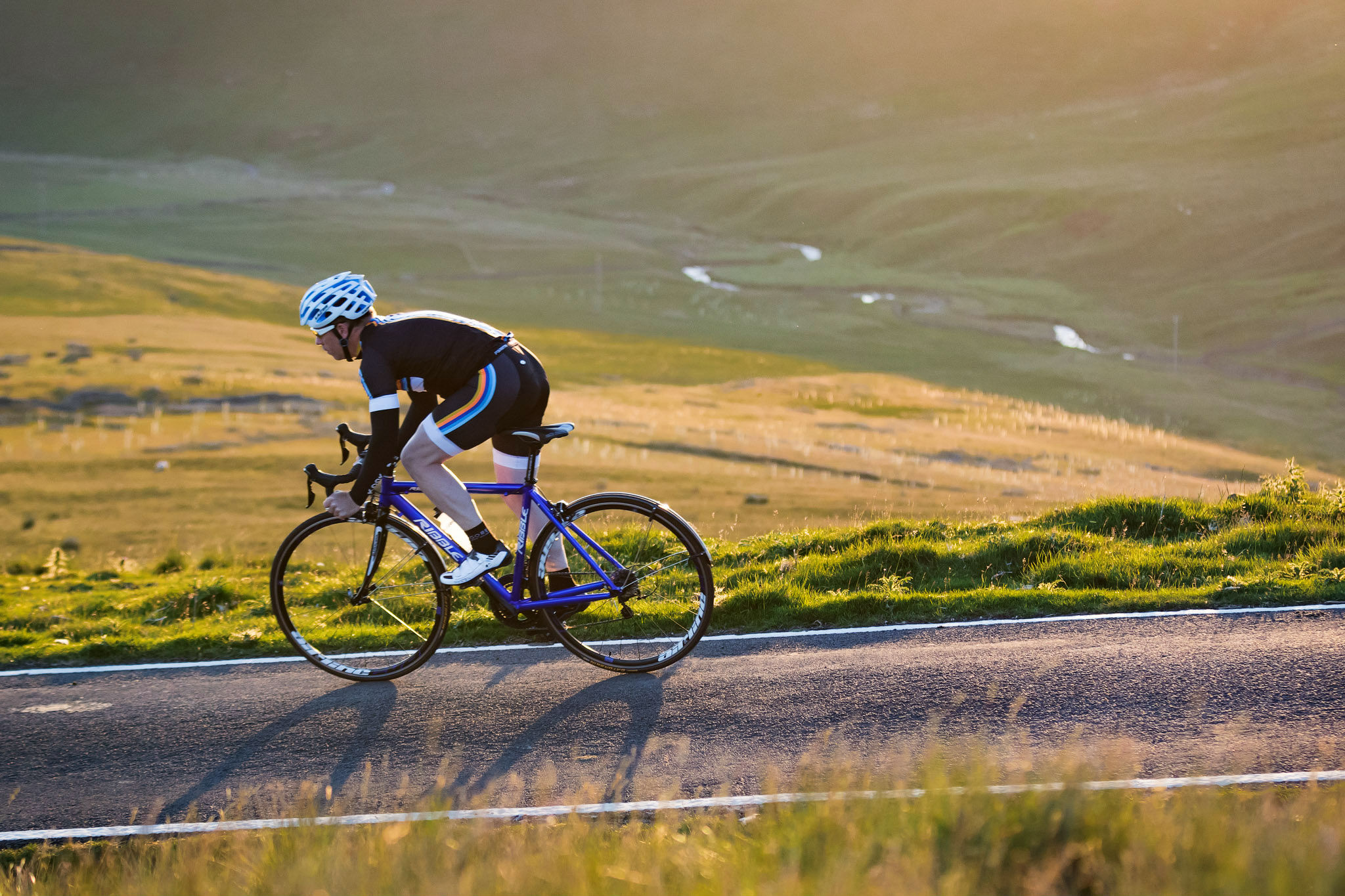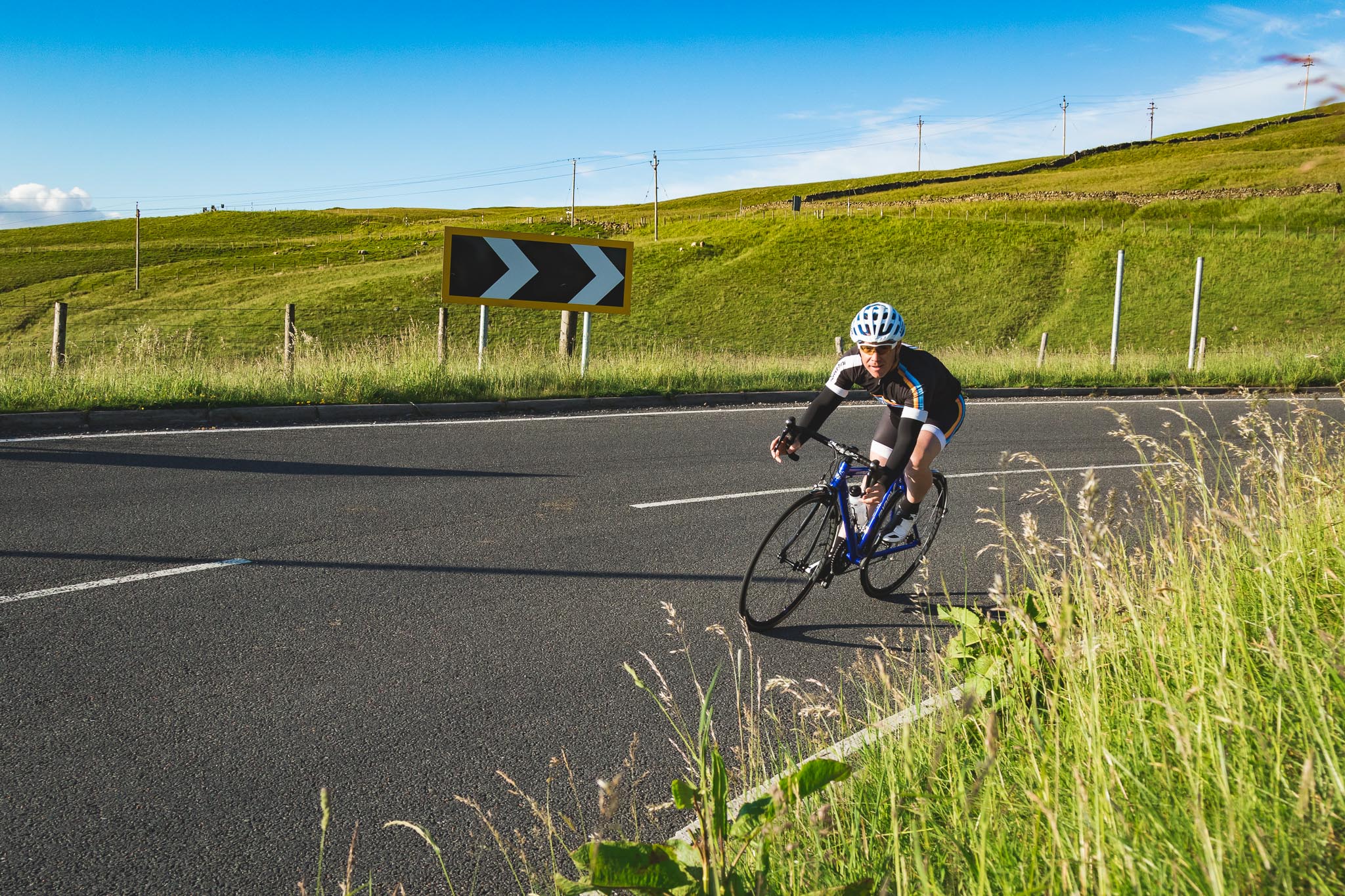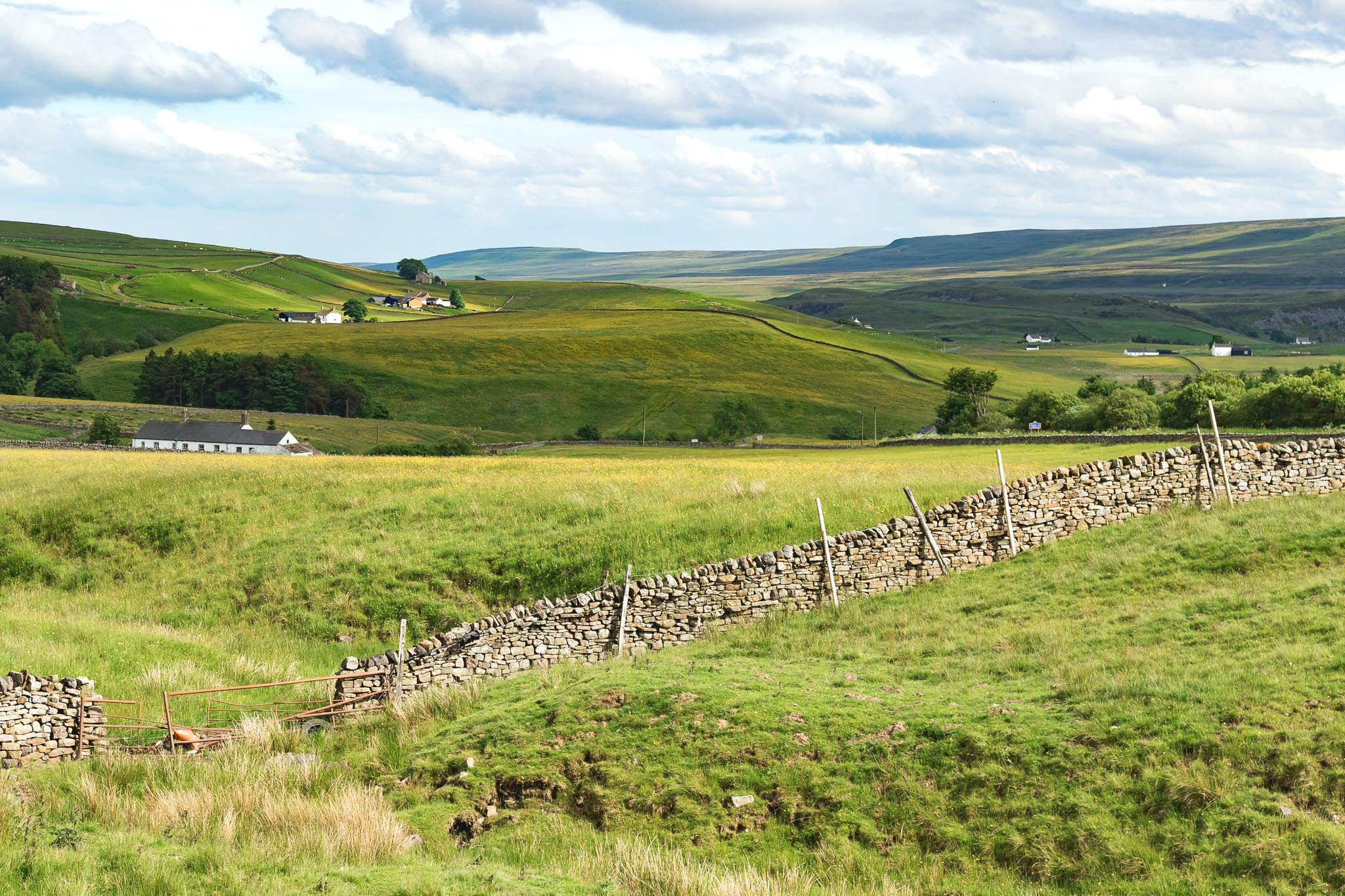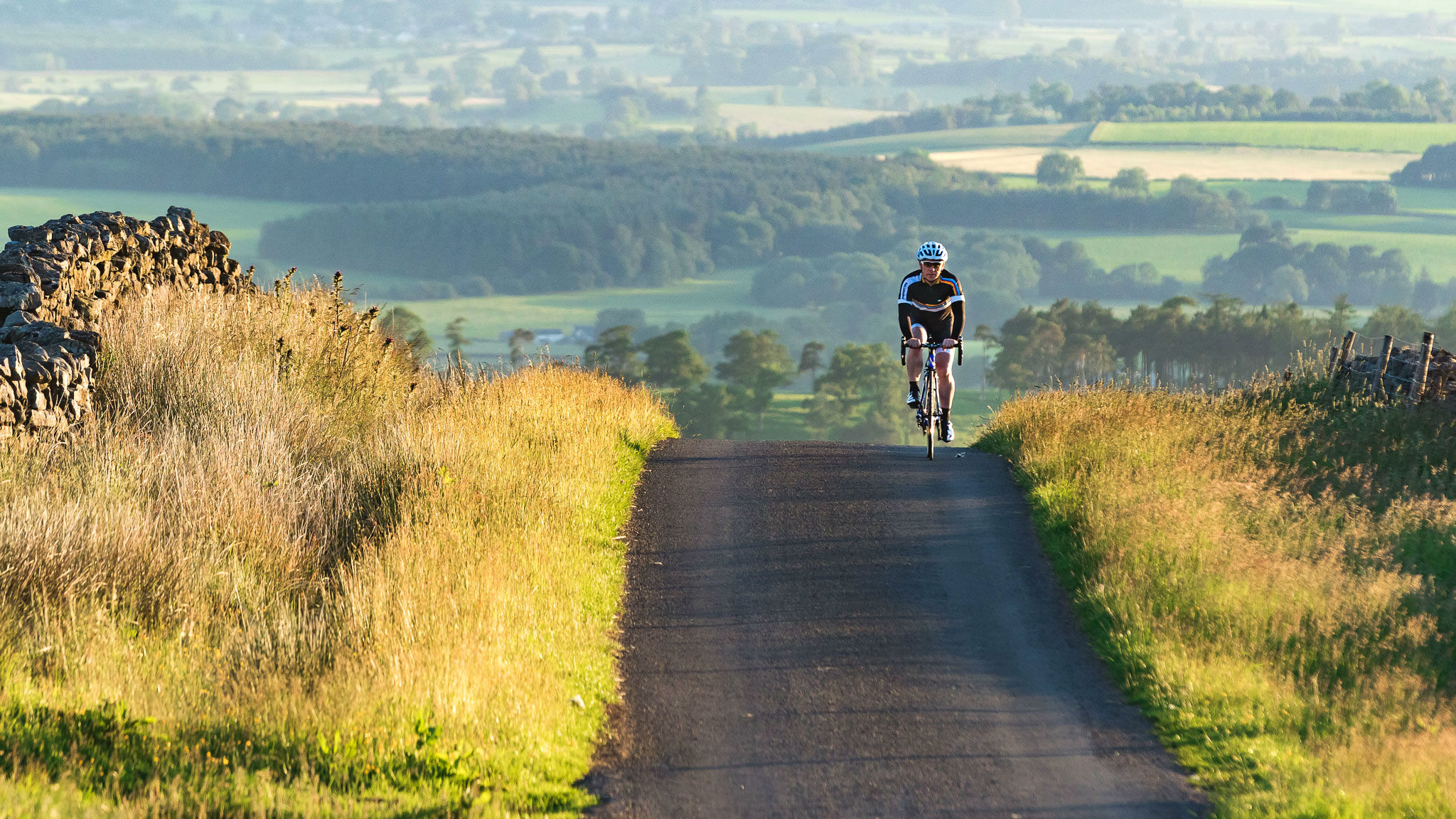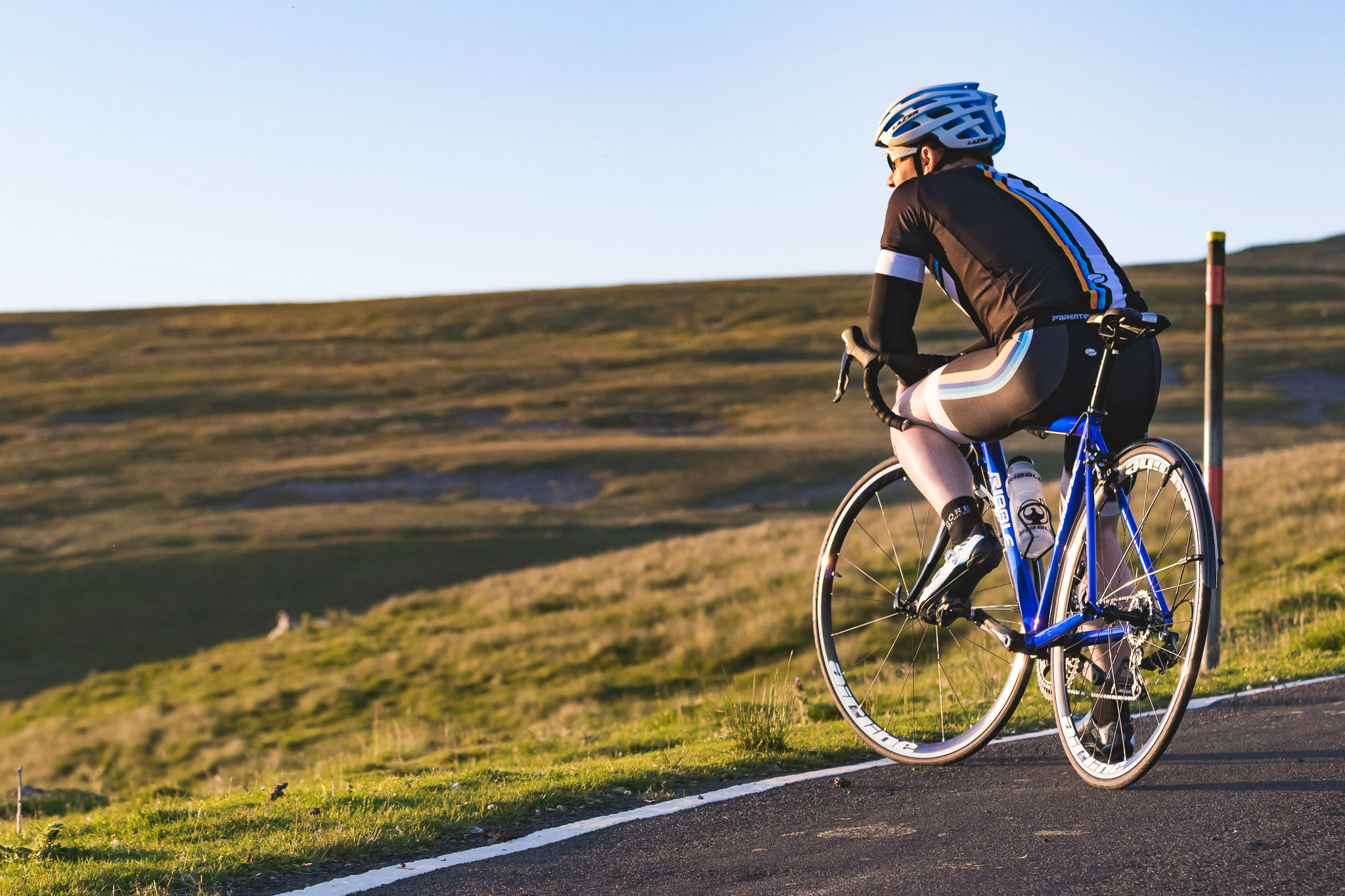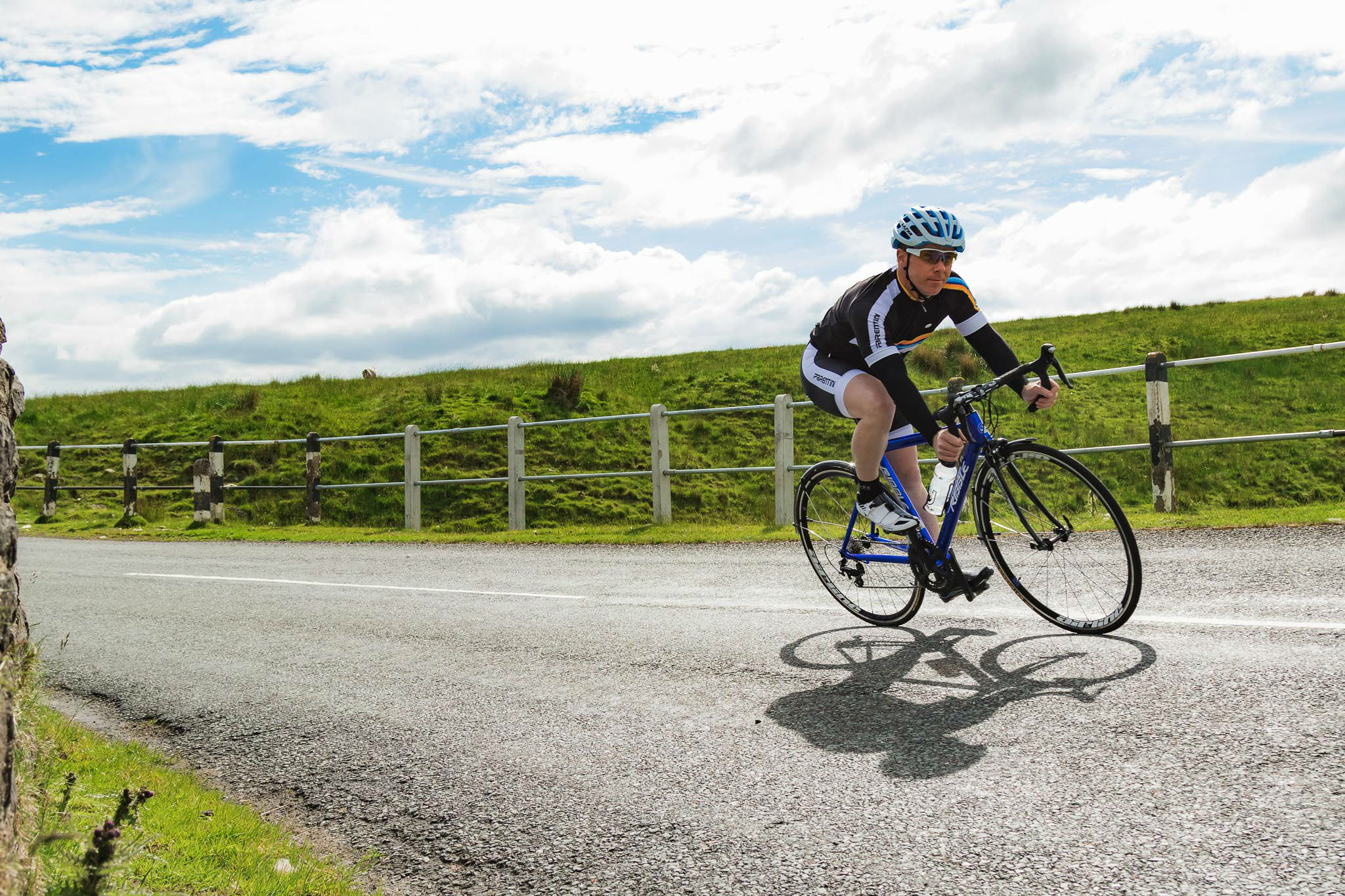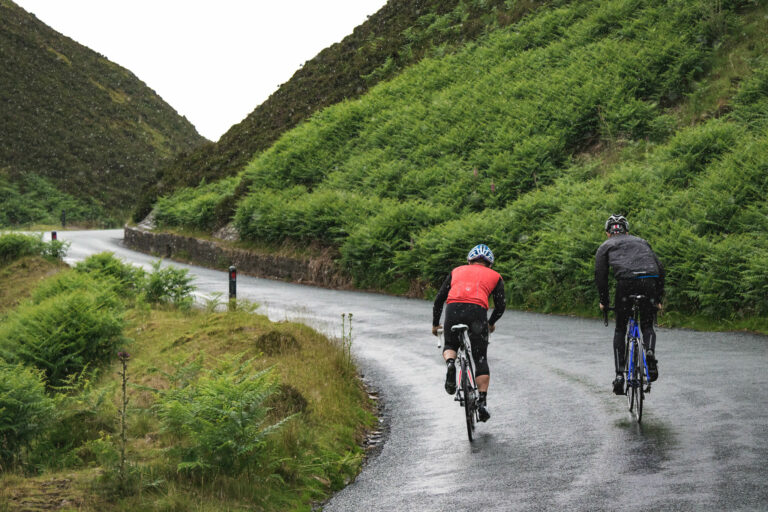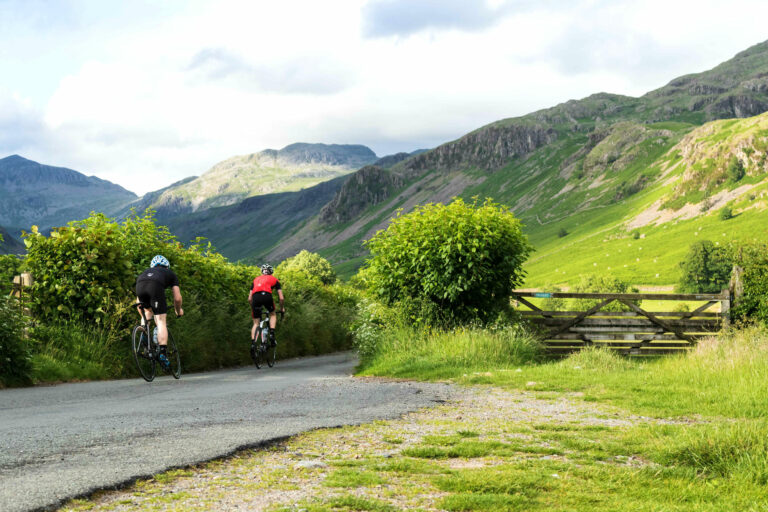- Distance 88 miles
- Total ascent 8,300 feet
- Start/finish Appleby-in-Westmorland
- Highlight Great Dun Fell
With the towering mountain passes of the Lake District to the west and the Tour de France climbs of the Yorkshire Dales to the south, it’s easy to overlook the North Pennines – but this is undoubtedly one of the country’s lesser-known cycling gems.
At first glance the North Pennines may not look like an obvious choice for a two-wheeled adventure, with vast areas of open moorland and limited roads, but expect some of the longest ascents in England, towering views, deep dales, upland rivers and, in Great Dun Fell, perhaps the best climb in Britain.
The stats behind Great Dun Fell tell the story: a 4.5-mile climb, much of it traffic-free, with an average gradient of nine per cent and a maximum pitch of 20 per cent. Topping out at 848m, Great Dun Fell is the highest paved road in the UK – but the Pennines offers so much more than one climb.
Our ride starts in the village of Appleby-in-Westmorland and follows an 88-mile route with 8,300 feet of ascent, packing in the major Pennines ascents of Harthope Moss, Killhope Cross, Hartside Fell and, of course, Great Dun Fell (you can see the full route and download a GPS file here). We’re riding the route anti-clockwise, but it can equally be ridden clockwise for a different flavour.


